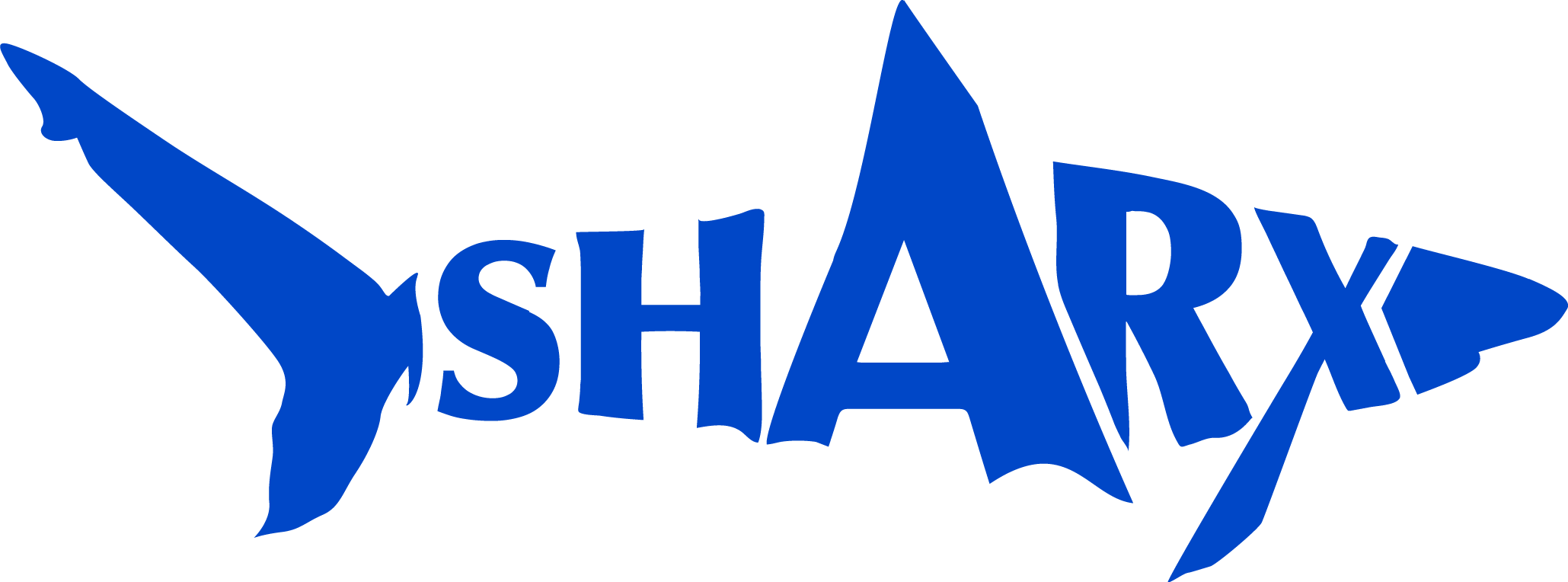Understanding the Role of PBMs in the Prescription Drug Supply Chain
By
Understanding the Role of PBMs in the Prescription Drug Supply Chain
Ever wonder why prescription drug prices feel so out of whack? A lot of it comes down to Pharmacy Benefit Managers (PBMs). To keep healthcare expenses under control, employers should understand how PBMs operate and the role they play within the drug supply chain

What Is a PBM?
Essentially, PBMs are the “middlemen” in the prescription drug world. They work for health plans, employers, and even government programs, handling everything from negotiating drug prices with manufacturers to contracting with pharmacies and processing your prescription claims.
While PBMs were originally created to make things smoother and cheaper, they’ve really become powerful gatekeepers. They have a big say about which medications are covered, how much you pay, and even which pharmacy you can use.

How PBMs Fit Into the Prescription Drug Supply Chain
To understand the full impact of PBMs, let’s look at the prescription drug supply chain like a team relay race:
- Drug Manufacturers make the medicines.
- PBMs then step in to negotiate prices and rebates, and they decide which drugs make it onto the covered list (called a “formulary”).
- Pharmacies give the meds to patients and get paid back by the PBM.
- Employers and Health Plans are the ones who pay for these benefits.
- And finally, Patients pay their share based on the plan and PBM’s prices.
PBMs have a say in almost every step here, influencing everything from what drugs are covered and how much pharmacies get paid, to how much of a discount gets passed back to the employer versus how much the PBM keeps.
The Problem with PBM Complexity
While PBMs claim to negotiate discounts and pass through savings, the reality is often far more opaque. The 2023 FTC interim report on PBMs flagged several concerns, including a lack of pricing transparency, exclusion of low-cost drugs from formularies, and spread pricing practices that drive up costs for employers and patients alike.
In many cases, PBMs prioritize drugs that generate higher rebates rather than those that are most affordable or clinically effective. This model can distort the market and create misaligned incentives where employers end up overpaying while PBMs profit from the spread.
Why Employers Should Pay Attention
For employers managing self-funded health plans, blindly relying on PBM-reported savings can be costly. Without full visibility into actual prescription pricing and rebate flows, it’s difficult to assess whether the pharmacy benefit is truly being managed efficiently.
This lack of clarity not only increases healthcare spending but may also expose employers to fiduciary risk if they cannot justify how plan dollars are being allocated. With more scrutiny being placed on benefits fiduciaries (as seen in recent lawsuits and regulatory guidance), understanding PBM practices is no longer optional, it is a responsibility.

How SHARx Offers an Alternative
SHARx partners exclusively with self-funded employers to provide transparency and efficiency in prescription drug procurement. By working outside the traditional PBM model, SHARx delivers direct access to lower-cost medications and eliminates the need for complex rebate structures.
Employers using SHARx often uncover up to $1,500 per employee per year in unnecessary pharmacy spend. More importantly, they gain clarity and control over a major area of their health plan budget which is something only few traditional PBMs offer.
Final Thoughts
Understanding the role PBMs play in the drug supply chain is key to making smarter decisions about your benefits. PBMs might be positioned as a way to save money, but their business models often result in higher costs, less transparency, and worse outcomes for everyone.
If you’re a self-funded organization ready to get a handle on your prescription benefits, start by asking the right questions and finding a partner that truly prioritizes transparency and value.
Want to learn how self-funding can unlock financial flexibility and boost your benefit offerings? Reach out to SHARx today and discover how prescription cost containment can be a cornerstone of your self-funded strategy.
